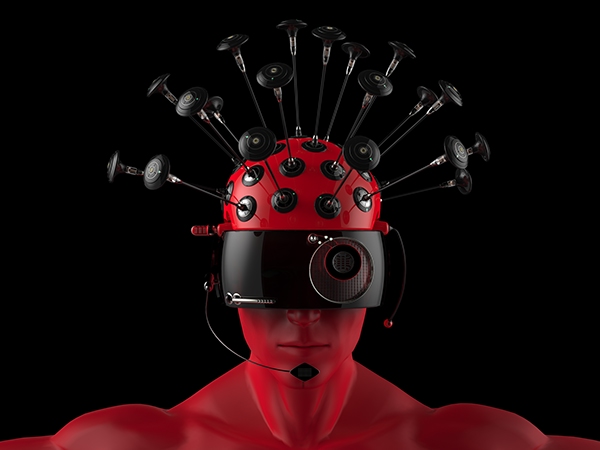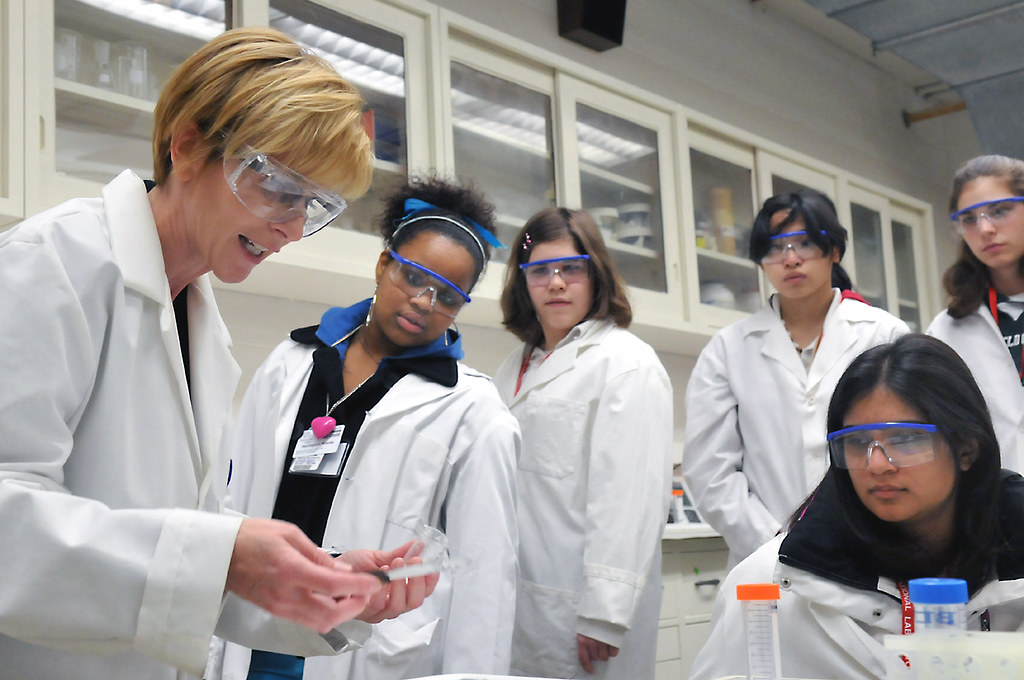This week Zuckerberg put his foot in his mouth yet again when he said that Facebook’s new approach to free expression was going to ‘piss off a lot of people’ thereby standing up for trolls and bullies rather than creating a safe place for free expression.
By now, we’re all familiar with the problems of an open communication network which allows global reach. It’s easy to game our reptile brains to spread misinformation, hate speech and propaganda. It allows countries to interfere in the democratic communication processes in other countries. At best it serves as a kind of opiate for the masses, providing distractions that take people out of their communities. It’s a tool for capitalistic expansion and the control of knowledge and information flows. And to top it all off, the ads it serves are terrible.

Continue reading “The Master’s Tools: Putting Social Media in its Place”







